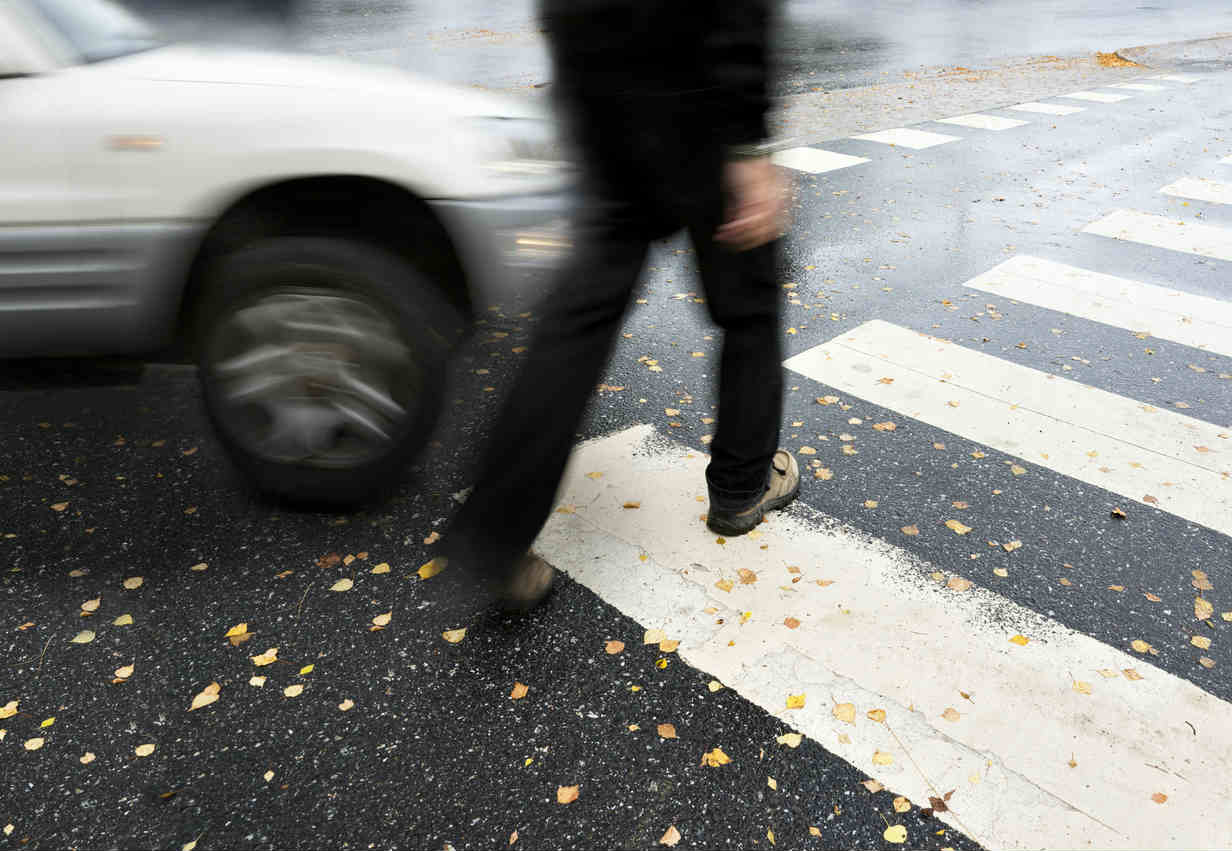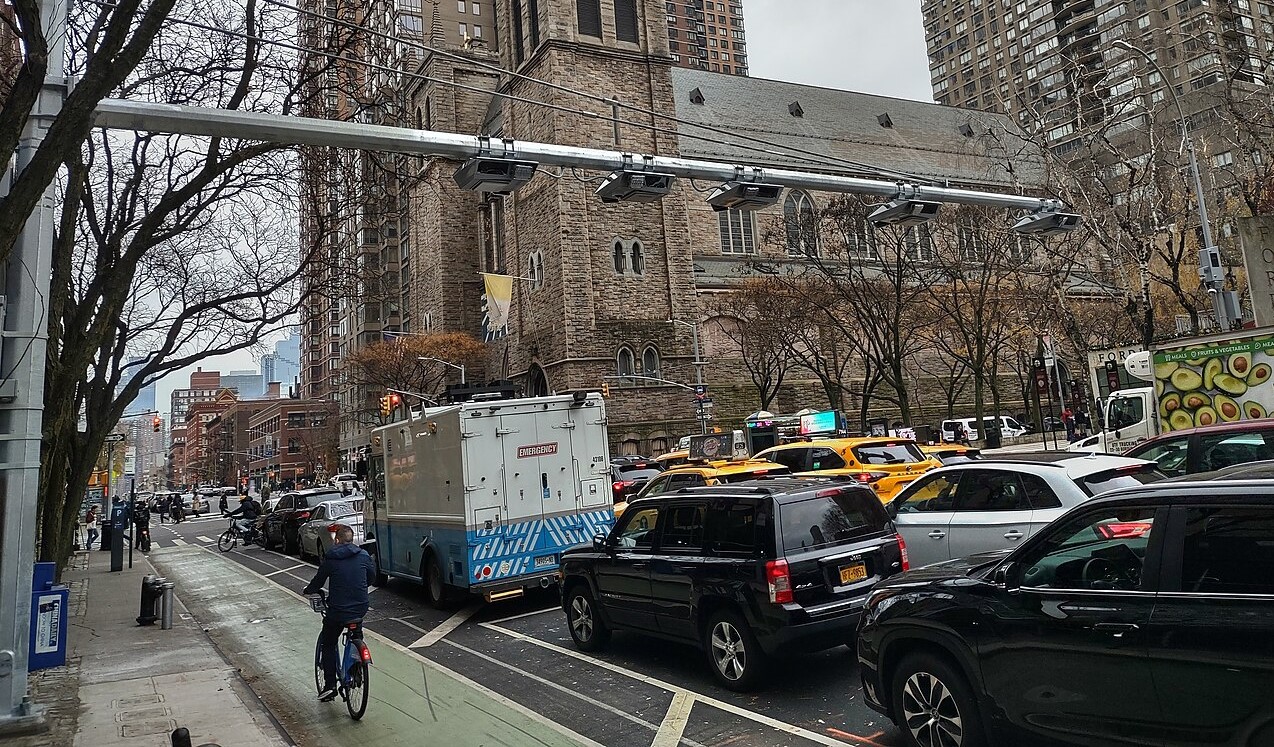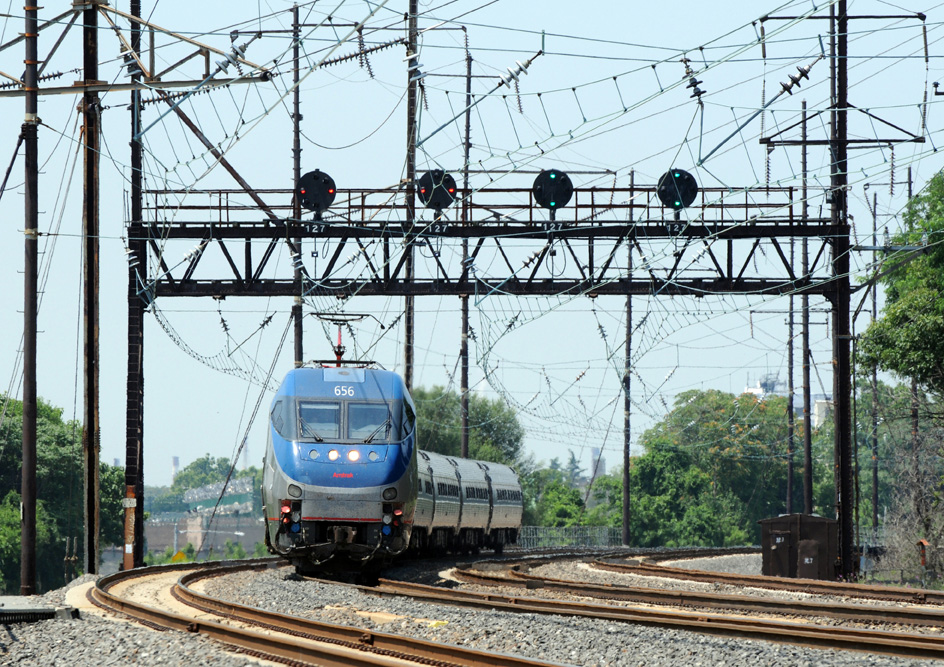TechCrunch is hosting a mobility-focused, virtual conference on June 9. The event will feature everything from micrombility and smart cities to autonomous vehicles and electric aircrafts. Join 2K+ mobility industry leaders, startups, and investors and save an extra 10% on tickets with promo code “streets”. Book tickets now.
A team of advocates has produced what may be the most comprehensive report on crashes that kill pedestrians ever conducted in an American City — and it’s prompting a call for a similar approach to be adopted across the country.
In collaboration with Forum Law Group, volunteers at nonprofit Oregon Walks devoted more than 1,400 hours to analyzing publicly available data on the 48 fatal pedestrian crashes that occurred in Portland between 2017 and 2019. Most local police reports in American communities are often heavily focused on determining fault between the driver and the walker (and which often blame the dead walker, who cannot speak for herself). But this research group looked at virtually every tangible factor that contributed to each crash — including the design of the road, the characteristics of the vehicle, the traffic laws in place at the crash site, the surrounding land use, and even how the media and the police press office reported on the incident after the fact.
Beyond revealing information that is rarely reflected in traditional crash reporting metrics, the research also revealed some troubling trends about the persistent systemic causes of the City of Roses’ pedestrian death crisis that have long gone unaddressed — and who is mostly frequently killed as a result of those failures.
The trends will be sadly familiar to safe streets advocates.
- Like most deadly walking crashes in the U.S., 58 percent of the Portland fatalities occurred at night, often on corridors with inadequate street lighting — including multi-lane arterials where city officials had neglected to install streetlamps on one or both sides of the road.
- Nearly half (44 percent) happened on roads with little to no traffic calming.
- More than half (58 percent) occurred on roads with speed limits set at levels above what’s recommended by state statutes.
- And over half (54 percent) involved SUVs or trucks that are proven to be inordinately dangerous to vulnerable road users.
In some cases, the team was even able to identify when police had the power to hold drivers accountable for reckless behavior, but didn’t. In 14 of the 48 crashes, law enforcement officers explicitly noted that driver distraction was not a factor in the death of a human being, but the report found that the police hadn’t even checked the motorist’s cell phone records, or had been unable to download data to confirm their assessment.
Nonetheless, 75 percent of drivers involved in fatal crashes were either not cited or not convicted in a court of law.
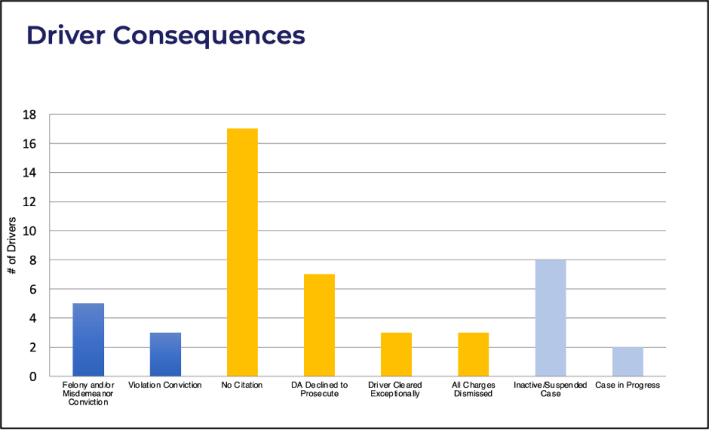
But the study was also able to capture critical inequities that aren’t often a major focus for law enforcement or transportation professionals.
The team found that Black Portlanders were nearly three times more likely than White ones to die in a crash while walking, a key statistic that is often missed by police departments that are not always required to record the race of a victim or perpetrator. Unhoused pedestrians — another metric not always noted in crash databases — constituted a 21 percent of the deaths, despite making up just 0.58 percent of the population And Portlanders with disabilities accounted for 31 percent, including disproportionate numbers of people with mobility impairments, mental illness, and visual or cognitive challenges — and those were just what the team could glean from media reports and comparable sources.
Local advocates say that their leaders are aware of some of these inequities, but don’t do nearly enough to correct them.
“The Portland Bureau of Transportation has this term they coined, ‘communities of concern,’ that they use to refer to communities of color and of low income,” said Ashton Simpson, executive director of Oregon Walks. “I told them that they need to shy away from that, because that term doesn’t convey the urgency of the situation. These are trauma-impacted communities; we have past traumas that are stratified on top of current traumas like pedestrian deaths, and every day we sit idly by with ‘concern’ isn’t enough."
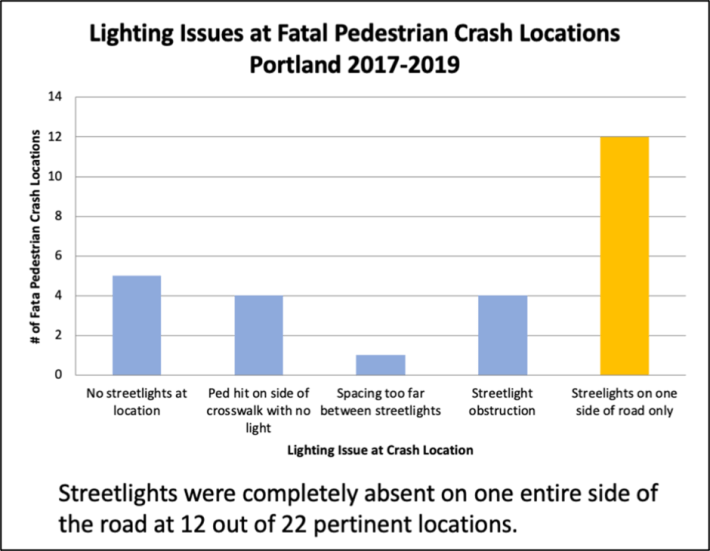
Healing those traumas in Portland will be challenging as long as crash reporting standards remain so weak — and the same is true in communities across America.
Advocates are already hoping that cities across the country will take note of the researchers' work — and do the same.
“We hope that those who see the thorough analysis done by volunteers in Portland go back to their local authorities and say, 'Please do this here,’" said Mike McGinn, executive director of America Walks.
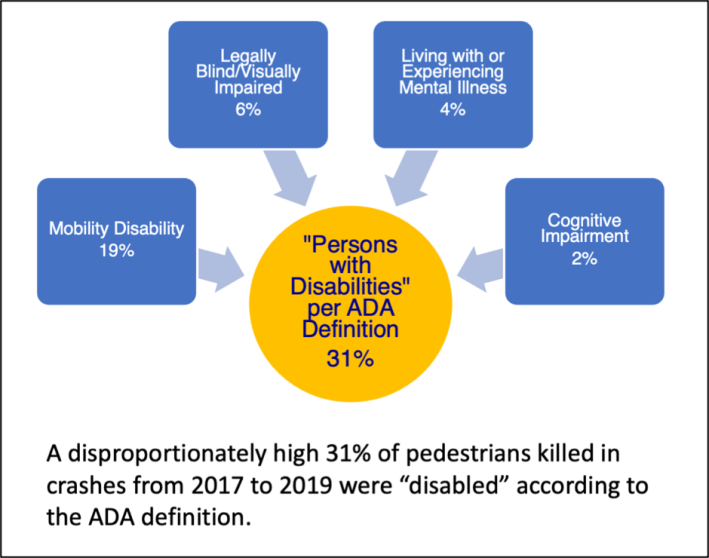
The repository of crash stats maintained by the US DOT, the Fatality Analysis Reporting System, is a notoriously incomplete database riddled with inconsistencies from state to state and even police department to department, making it challenging to quantify even the most basic trends in our pedestrian death crisis. The percentage of dead walkers nationwide who lived in low-income households, for instance, is impossible to tell from FARS, and can only be guessed at based on painstaking analysis of the census tracts in which crashes occur.
Even the document that guides law enforcement on how to collect crash data — known as Model Minimum Uniform Crash Criteria — is strictly voluntary, and it doesn’t even advise police to collect detailed demographic data on the people involved in a crash, much less detailed information on all the systemic factors that contributed to that preventable tragedy.
Of course, there may be good reasons why police don’t provide a detailed engineering analysis of every crash site — but Simpson, who was a civil engineer in the U.S. military himself, says that may be a sign that we need to get cops out of many aspects of crash reporting altogether.
“We’re saying take that responsibility away from police because this is a systems issue, and engineers and planners are the ones who create this system,” said Simpson. “They should have to put boots on the ground and see what their design choices caused, and then fix them. If there was a human element that was the cause of the crash, it should be noted. But if it’s a systems issue, treat it like one.” (New York City recently passed legislation to put the Department of Transportation at the lead of crash investigations, long the purview of the NYPD, with predictably poor results.)
But even without a dedicated engineer to measure the distance between curbs and the calculate average vehicle throughput, cities could be doing more to understand the real cause of their walking deaths. The team that analyzed the Portland crashes was made up primarily of lay volunteers, not engineers or demographers, and project manager Brandon Summers of the Forum law group says the bulk of the project time was devoted to analyzing trends in the data and assembling reports. Each individual crash took just eight to 12 hours to research and tabulate — a relatively small amount of time to devote to understanding a tragedy that claimed a human life.
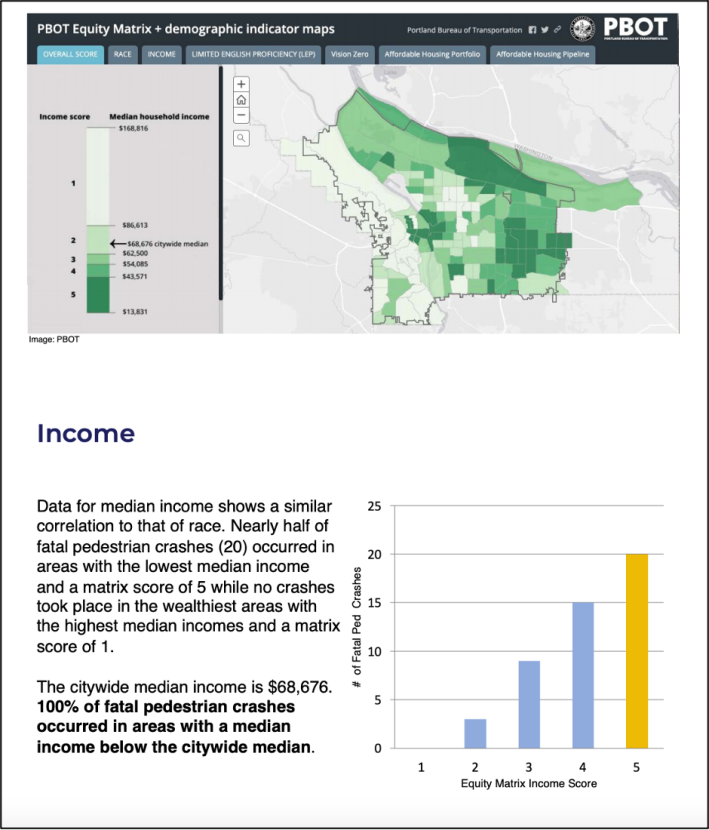
“Fatal pedestrian crashes are just another symptom of our larger problem of disinvestment, particularly in communities of color,” said Summers. “The more time you can invest into getting information on pedestrian crashes, the better. There’s so much data that we took down that didn’t even make it into the final report.”
Making crash reports more descriptive of the systemic causes of pedestrian deaths is just the first step to ending our traffic violence epidemic. Both Summers and Simpson agreed that it’s just as critical to make that good crash data available to advocates, without forcing them to pay onerous fees or jump through bureaucratic hoops— and strong policies that require communities to act on the insights gleaned from that data is the real goal.
But if more cities adopt a safe systems approach to crash reporting, it could not only help victims get justice, but help prevent potential victims from ever being injured at all. Simpson notes that ideally, any solutions identified in the wake of a crash wouldn’t just be applied at the site where that specific crash happened — they’d be applied at every comparable segment of the road network, and across the community’s policy landscape more broadly.
“We can’t let the same old story be told over and over: ‘yeah, we know people are dying, we’ll get to it eventually,’” said Simpson. “We can talk about [crashes], but the adjacent issues — the poverty, the lack of investments — show up in crash reports too. And they’re urgent.”
Simpson and Summers are hosting a webinar on this project with America Walks today at 2 p.m. Eastern time. We will post a recording of their presentation here when it becomes available.
